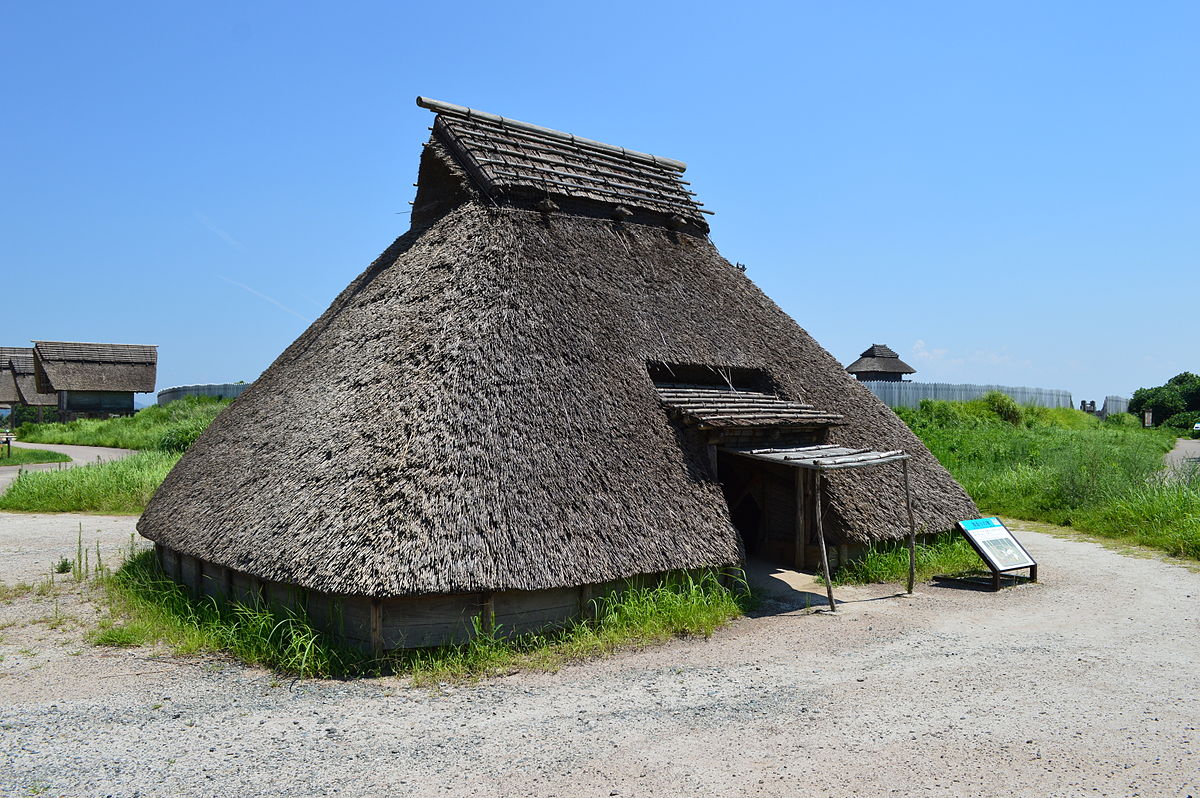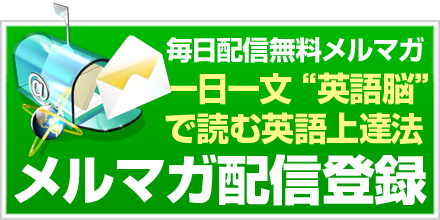英語脳メルマガ 第04291号 It saved me when I was in the middle of writing "Eat, Pray, Love," の意味は?
今日も英語脳で英語を読む練習をしていきましょう! 一日一文“英語脳”で読む英語上達法 2021年1月5日(火)号 VOL.4291 本日の例文 エリザベス・ギルバート氏によるTEDスピーチ「創造性をはぐくむには」です。 It saved me when I was in the middle of writing "Eat, Pray, Love," and I fell into one of those sort of pits of despair that we...





最近のコメント